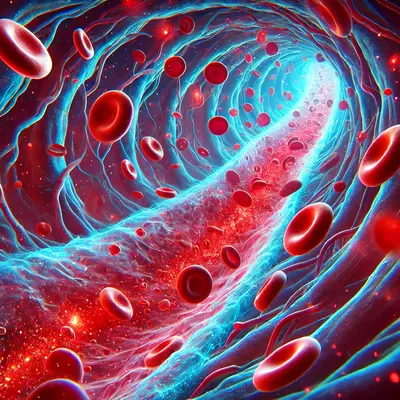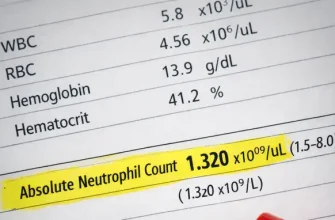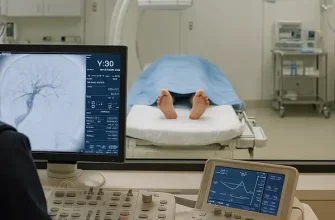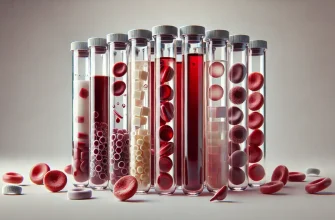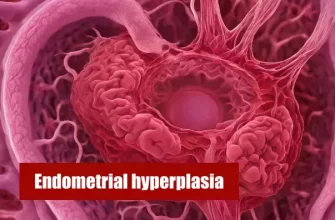Blood cancer is not one disease but a group of cancers that affect the blood, bone marrow, or lymphatic system, including leukemia, lymphoma, and multiple myeloma. With advancements in medicine, treatments for these cancers have evolved dramatically. What once seemed like a bleak diagnosis now holds promising opportunities for recovery, remission, and even a cure for some patients. Let’s dive into the landscape of blood cancer treatment, focusing on what’s new, effective, and worth knowing.
The Landscape of Blood Cancer: Who is Affected?
Before discussing treatments, it’s helpful to understand who is affected. Each year, more than 1.3 million people worldwide are diagnosed with some form of blood cancer. In the United States alone, an estimated 60,000 new cases of leukemia are diagnosed annually. Lymphomas account for about 200,000 cases per year, and multiple myeloma adds another 35,000 to the tally.
Blood cancer impacts people across all age groups, though specific types tend to be more common at certain stages of life. Acute lymphoblastic leukemia (ALL) is the most common cancer in children, while chronic lymphocytic leukemia (CLL) is more often diagnosed in those over 60. Knowing these statistics can help us appreciate the diverse needs in treatment options across different demographics.
Chemotherapy: Still a Staple but in Evolution
Chemotherapy has long been a mainstay in treating blood cancers, acting to kill fast-growing cells throughout the body. While the traditional “chemo” is still in use, there has been a trend towards targeted chemotherapy that aims to reduce systemic side effects.
One significant evolution is the use of low-intensity chemotherapies for older patients or those with significant comorbidities who cannot tolerate more aggressive regimens. These newer methods, like Venetoclax, target cancer cells with greater precision while minimizing harm to healthy cells. This approach has led to higher remission rates, especially in older populations, compared to traditional chemotherapy alone.
CAR T-Cell Therapy: The Revolution in Blood Cancer Treatment
Perhaps the most discussed innovation in blood cancer treatment in the past decade is CAR T-cell therapy. This involves taking T-cells from a patient’s blood, genetically modifying them to better recognize and attack cancer cells, and then reinfusing them into the patient.
CAR T-cell therapy is particularly effective for certain types of lymphoma and acute lymphoblastic leukemia. Studies have shown 80% remission rates in patients with aggressive lymphomas that had not responded to other treatments. These outcomes are remarkable for patients who previously had few options left. However, CAR T-cell therapy is complex and costly, with treatments ranging from $373,000 to $475,000 per patient.
Dr. Michael Anderson, a leading oncologist, notes, “While CAR T-cell therapy represents a breakthrough, it’s not a one-size-fits-all solution. It works exceptionally well for some, but the costs and risks of severe side effects, like cytokine release syndrome, need careful management.” This treatment is increasingly becoming a practical option for more patients, but it requires specialized centers with highly trained staff.
Targeted Therapy: The Precision Approach
Targeted therapies are another game-changer. Unlike chemotherapy, which affects both healthy and cancerous cells, targeted therapies aim at specific abnormalities in cancer cells. These treatments often involve tyrosine kinase inhibitors (TKIs), which are used to block enzymes that promote cancer growth.
For instance, Imatinib (Gleevec) has transformed the outlook for patients with chronic myeloid leukemia (CML), turning what was once a fatal disease into a manageable condition for many. According to a 2023 study in the journal Blood, 93% of CML patients who began treatment with Imatinib are alive after 10 years, which marks a significant improvement in overall survival.
Another example is Rituximab, often used for certain types of non-Hodgkin lymphoma. It specifically targets CD20-positive B-cells, improving survival rates while maintaining a relatively favorable side effect profile.
Bone Marrow and Stem Cell Transplants: The Original “Curative” Treatment
Bone marrow or stem cell transplants are one of the oldest curative treatments for blood cancers, and they are still relevant today. This treatment involves either autologous (the patient’s own cells) or allogeneic (cells from a donor) transplants to replace damaged bone marrow. Transplants are particularly beneficial for patients with acute myeloid leukemia (AML) or those in remission needing consolidation to prevent relapse.
While transplants offer a potential cure, the success rate depends significantly on factors like the patient’s age, overall health, and the timing of the procedure. Transplant-related complications, such as graft-versus-host disease (GVHD), remain a significant risk, occurring in about 40-60% of allogeneic transplant cases.
Immunotherapy: Engaging the Body’s Defense System
Immunotherapy has emerged as a promising area, engaging the body’s immune system to fight cancer more effectively. Checkpoint inhibitors, such as Pembrolizumab (Keytruda), help the immune system recognize and destroy cancer cells that have otherwise evaded detection. Although less common in treating blood cancers than solid tumors, immunotherapy is showing great potential for Hodgkin lymphoma, where response rates have reached 69%, according to recent clinical trials.
Dr. Sarah Collins, an immunologist, adds, “Immunotherapy is the next frontier for hematologic cancers, especially in patients who have exhausted other treatment avenues. The key challenge is predicting which patients will respond, but advances in biomarkers are helping guide these decisions.”
The Cost and Accessibility of Treatments: A Global Perspective
Blood cancer treatments vary greatly in cost depending on the type and location. The average cost of chemotherapy ranges from $10,000 to $100,000 per year, while advanced therapies like CAR T-cell can be upward of $400,000. Stem cell transplants are also highly variable, typically costing $150,000 to $300,000 in the United States.
Countries with robust healthcare systems and early adoption of novel therapies, such as Germany or Canada, offer broader access to these life-saving treatments. In developing regions, however, the availability of advanced therapies remains limited. The stark differences in survival outcomes underscore the importance of improving global healthcare access.
Table: Overview of Modern Blood Cancer Treatments
| Treatment Type | Examples | Cost (Approximate) | Typical Effectiveness |
|---|---|---|---|
| Chemotherapy | Traditional, Venetoclax | $10,000 – $100,000/year | Varies; 40-80% remission depending on type |
| CAR T-Cell Therapy | Yescarta, Kymriah | $373,000 – $475,000 | 50-80% remission for suitable patients |
| Targeted Therapy | Imatinib, Rituximab | $100,000+/year | Long-term survival rates of up to 93% (CML) |
| Stem Cell Transplant | Autologous, Allogeneic | $150,000 – $300,000 | 40-60% cure rate, with potential for complications |
| Immunotherapy | Pembrolizumab | $150,000+/year | 69% response rate in Hodgkin lymphoma |
Advice from Our Editorial Team
If you or a loved one are navigating blood cancer treatment options, it’s crucial to be informed about the latest advancements. Always seek a second opinion—what may seem like the best treatment plan at first could have alternatives better suited to your individual needs or financial situation. Consider seeking care at a comprehensive cancer center where a multidisciplinary team can provide personalized insights.
Modern treatments are transforming blood cancer from a deadly disease into a manageable or even curable condition for many. Staying educated, advocating for access, and being open to newer therapies can all contribute to better outcomes and improved quality of life. Let knowledge empower you in the fight against blood cancer.

